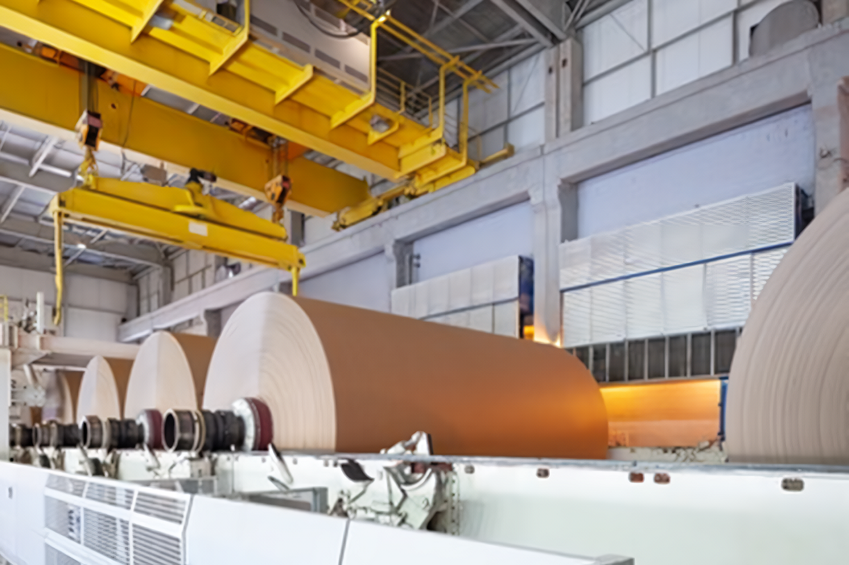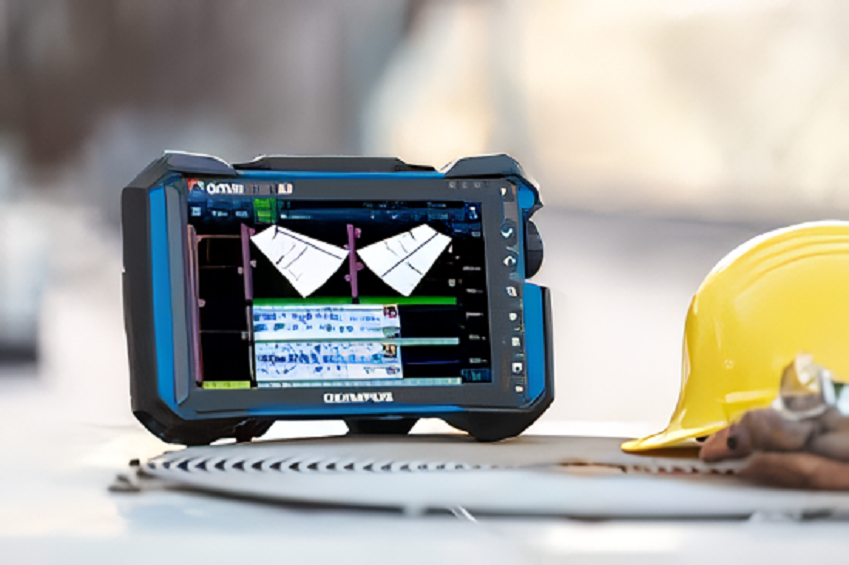RESOURCES › Application Notes - Non-Destructive Testing › Reducing Time and Enhancing Precision in Inspections in the Paper Mill Industry
Reducing Time and Enhancing Precision in Inspections in the Paper Mill Industry

In paper mills, where massive paper-making machines speed out paper at lightning speed, inspection is not just a nice-to-have—it’s a necessity. These machines work with plant fiber pulp, which forms bonds in water as it glides through a series of mighty rollers. However, the nonstop operation and blazing hot temperatures in these rollers can take a toll on the equipment. Rubber and steel bonding areas and roller surfaces are especially prone to damage and cracks due to the constant temperature shifts and sheer exhaustion. That’s where regular inspections come in. They’re like the eagle eyes of the mill, scanning for any signs of trouble and nipping it in the bud.
Our client encountered two significant hurdles. Firstly, identifying the absence of fusion in rubber to steel bonding areas proved challenging using traditional manual ultrasonic inspection methods. The varying velocities of rubber and steel complicated the detection process. Secondly, pinpointing cracks in the steel area posed difficulties due to the complex geometry and thickness of the rollers. Manual ultrasonic inspection encountered further limitations as the velocity of rubber was four times lower than that of steel, resulting in outcomes dependent on the operator. Additionally, the manual approach led to prolonged inspection times, causing inefficiencies in the overall inspection process.


Utilizing the OMNISCAN X3 ultrasonic testing system, Blue Star proposed the Phased Array Ultrasonic Testing (PAUT) method to address the challenges. To identify near-surface indications in rubber and address the lack of bonding in the rubber-to-steel area, Blue Star conducted zero-degree linear and -30 to +30 sectorial scans using specialized probes. Furthermore, a thorough phased array ultrasonic examination was carried out to precisely pinpoint and characterize cracks in the steel area. This approach facilitated accurate detection, detailed mapping, and precise depth measurement of defects, ultimately improving inspection efficiency, and enhancing overall reliability.

